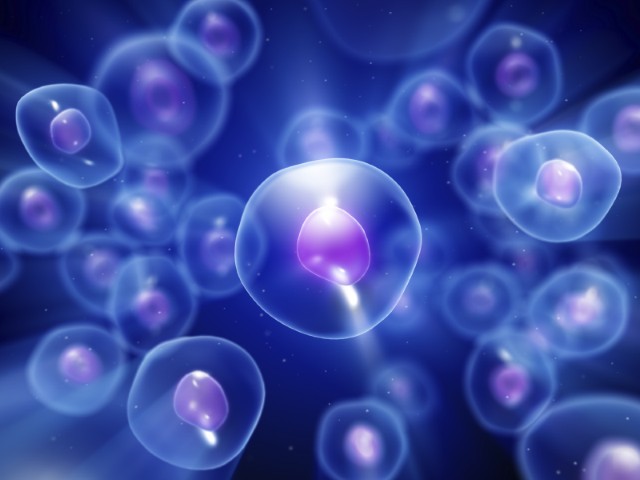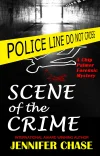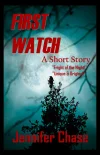
Photo courtesy of www.mitnicksecurity.com.
Forensic science is a captivating topic, as evidenced by the droves of television shows and movies that dabble in the theme. The problem is – these programs, albeit entertaining, are full of misinformation.
One common entertainment trope involves a crime scene investigator gathering forensic evidence, and then within a day or so, the mystery has been solved!
In reality, forensic analysis is relatively time consuming, and complex. Notwithstanding the complex nature of forensics, it is unquestionable that modern forensic science is advancing at a rapid pace. So, hopefully one day in the near future, real life with align with the movies.
Here are some cool advances that are paving the way for quick, efficient and accurate forensic analysis.
Hair Protein Markers
Scientists have identified unique protein markers in our hair that may possibly be used in conjunction with DNA profiling for identifying people. DNA profiling is a commonly used technique because each human being has a unique DNA makeup. The problem, however, is that chemical and environmental issues can degrade DNA, rendering it somewhat useless in certain instances.
Hair protein is unique just like our DNA, but more importantly, it is much more stable than DNA. Thus, it can withstand harsh conditions. This new identification method is another tool for crime scene investigations to utilize in their quest for determining the identities of those involved in a particular crime.
3D Forensic Facial Reconstruction
This developing technology still has many bugs to work through, but the technology is an exciting game-changer. The process is pretty straightforward – facial reconstruction software uses real human remains, and then builds a 3D reconstruction of that person. The reconstruction, of course, is speculative but for the most part, the accuracy has been improving as the software’s glitches have been fixed.
Legal Highs Analysis
Legal “highs” are substances that are used like illegal drugs, but they are acquired legally. These legal highs are capable of producing a psychoactive effect on people, and because of that, these substances are just as (if not more) dangerous than the substances currently floating around in the illicit drug market.
Scientists have been developing a method that will enable investigators to quickly identify the substances contained in a voluminous amount of legal highs, and then compare these findings to the growing database of dangerous and potentially lethal substances that people are abusing.

Photo courtesy of http://scitechconnect.elsevier.com.
Forensic Virology
Recent forensic science has demonstrated that viruses can reveal, not just a person’s travel history, but can document one’s national origin. It has been discovered that the virus that causes the common lip sore can reveal a person’s entire life history at a molecular level.
Forensic virologists have determined that the virus has unique strains in Asia, Africa and Europe / North America. What does this mean? Well, for one thing, if a person carries the virus, it can be automatically determined the exact origin of that person. Additionally, if two people have the same strain of the virus, there is a significant chance they are related.
This development has broad implications, including helping law enforcement track down the relatives of unidentified bodies.
Video Spectral Comparator
Crime scene investigators find the video spectral comparator to be an invaluable forensic technology. Essentially, when a forensic scientist uses this machine, they are able to take a piece paper and do the following: view hidden or obscured writing, determine the quality of the paper, and lift indented writing. This machine can also perform the above tasks even if the paper has been basically destroyed by fire or water.
Lipstick Analysis
A recent discovery eliminates the current difficult, costly and tedious lipstick examination processes, such as Raman spectroscopy or X-ray diffraction. Scientists have devised a way to lift lipstick samples from surfaces using gas chromatography.
Since the current methods require highly specialized equipment and training, this new quicker and more efficient method is garnering attention. The lipstick is extracted in the established method, and the remainder of the process is straightforward, and does not require the current expensive machinery and advanced training.
Forensic science is cutting-edge, but there are of course many more advances on the horizon. Is there an existing technology, not currently used in forensic science that you believe forensic scientists should be utilizing?
***
Please join me:
Author Blog: https://authorjenniferchase.com/
Book & Crime Talk: http://blogtalkradio.com/jennifer-chase
Books: Compulsion Dead Game Dark Mind Dead Burn Dark Pursuit
Silent Partner Screenwriting
Latest Book Release: Now an Amazon Best Seller: Body of the Crime



































Reblogged this on MIKE THOMAS.
LikeLiked by 1 person
Thanks for the reblog! 🙂
LikeLiked by 1 person
As they so often do, a friend sent me the article about lipstick forensics. Absolutely fascinating discovery! Somewhere in my hard drive lies a post half-written on the subject. If I ever catch up, which isn’t looking good lately (hahahaha), I really need to finish.
LikeLiked by 1 person
I agree, it’s fascinating and there’s more to it. Great for crime fiction too. Looking forward to reading your post.
LikeLiked by 1 person
Pingback: American Federal Justice: The FBI’s Top 5 Moments | Author Jennifer Chase
Pingback: FBI Profiling: Inside the Minds of Violent Criminals | Author Jennifer Chase
Pingback: Caught! Domestic Spies Nailed by the FBI | Author Jennifer Chase
Reblogged this on Author Jennifer Chase and commented:
What can I say, I’m a forensic nerd and proud of it. I wanted to reblog this previous article of mine detailing some fascinating areas of forensics. There are some amazing developments in science as well as forensic science. Here I highlight six of those advances, but there are many more. I like to shine a light on such intriguing and noteworthy forensics in today’s crazy world. Please feel free to leave a comment 🙂
LikeLike